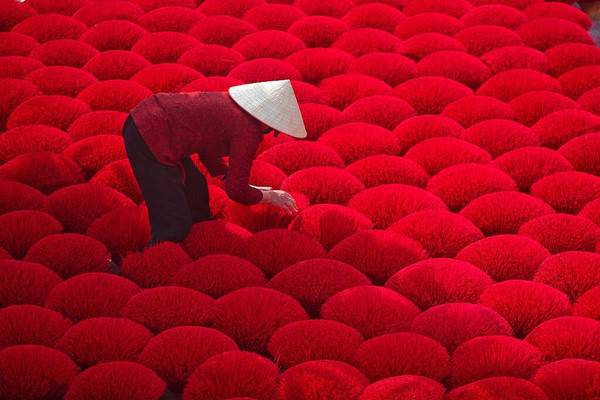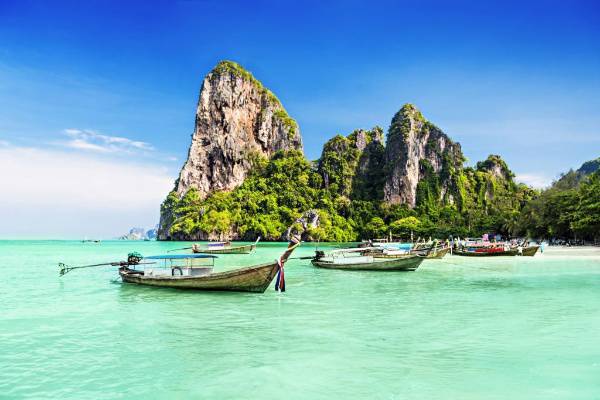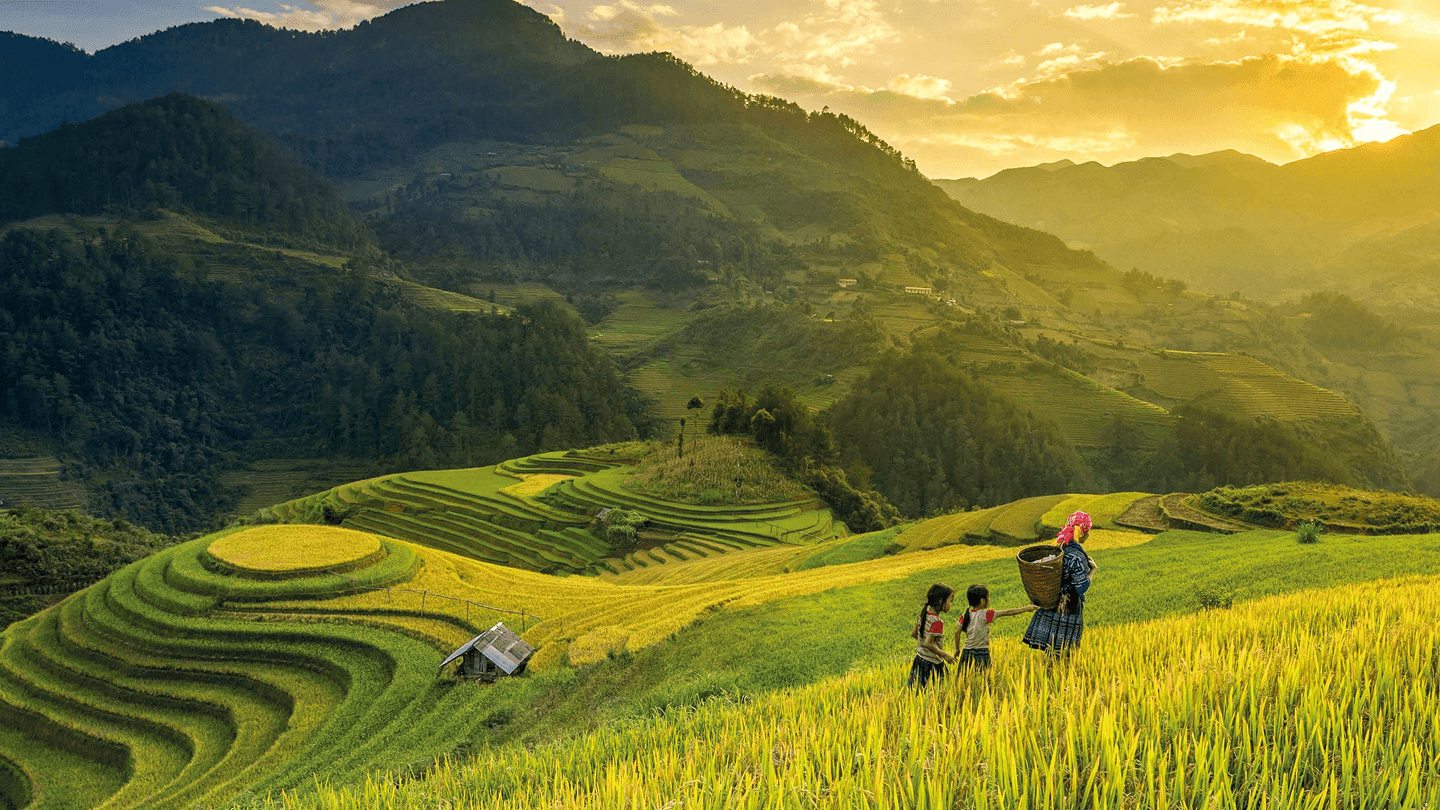Discover the Unspoiled Beauty of Cat Ba Island: Vietnam’s Hidden Coastal Gem
Cat Ba National Park encompasses Cat Ba Island along with smaller islets and coastal waters, covering a total area of 26,300 hectares. It’s a perfect destination for trekking enthusiasts.
Geographically, Cat Ba National Park is located in Cat Hai District, Hai Phong City. It encompasses Cat Ba Island along with smaller islets and coastal waters, covering a total area of 26,300 hectares - 17,300 hectares of land on the main island and 9,000 hectares of marine territory.
A Landscape of Breathtaking Beauty
The park's scenery is dominated by stunning karst limestone formations, featuring cascading waterfalls, mysterious caves, and hidden grottoes. Its diverse topography consists of steep cliffs and bare rock expanses, intersected by seasonal streams such as Thung Luong, Treo Com, Hoi Trung Trang, and Viet Hai.
Most of the rainfall seeps into caves and underground rivers before eventually reaching the sea. Scattered across the hills are small lakes and ponds, with the most notable being Ech Lake - a permanent body of water spanning 3 hectares and reaching depths of approximately 50 meters. Around 90% of the main island's landmass sits at an elevation of 50 - 200 meters above sea level (with peaks like Cao Vong at 331 meters and Hien Hoa at 302 meters), while only 10% of the area lies below 50 meters.
Cat Ba experiences a humid tropical monsoon climate with distinct dry and rainy seasons. Annual rainfall averages between 1,700 and 1,800 mm, while coastal temperatures range from 25 to 28°C, with a relative humidity of 85%. The best time to visit is from April to October. From May to September, heavy rains, typhoons, and tropical storms can occur, while light showers are common between January and March.
Biodiversity Value
Thanks to the humid niches of its limestone forests, Cat Ba boasts a remarkable diversity of snail species. The park hosts a variety of ecosystems, including hill forests, freshwater lakes, swamp forests, mangroves, sandy beaches, and coral reefs. Among the 839 recorded vascular plant species, 25 are listed in Vietnam's Red Book of endangered species.
Due to the island’s isolation and past poaching activities, the diversity of mammals is lower than in other national parks across Vietnam. However, the fauna is dominated by hoofed animals and primates, including a critically endangered monkey population of 104 - 135 individuals (with only 50 - 75 mature adults). The karst environment of Cat Ba is also particularly favorable for invertebrates.
Traces of Human History
Cat Ba is not only a haven for nature but also a cradle of culture. Stone tools and skeletal remains discovered in caves - such as Cai Beo, located 1.5 km southeast of Cat Ba Town - reveal that early humans inhabited the area 6,000 - 7,000 years ago.
Nature Conservation
Join local efforts to protect this unique environment! The island’s forests play a crucial role in regulating water systems, preserving genetic resources, and sustaining the marine food chain, including fish, shrimp, and mollusks. Both authorities and local communities actively promote environmental awareness to maintain the delicate balance of the ecosystem. The park's main conservation objectives include:
- Protection of natural ecosystems and genetic resources.
- Restoration of native flora and fauna through reforestation, species reintroduction, and habitat improvement.
- Development of outdoor recreation and ecological education in collaboration with the tourism industry.
Incredible, Thrilling, Surprising?
Cat Ba attracts thousands of visitors each year. Many explore the park on foot via trekking trails or by boat in the marine section. The park plays a vital role in the island’s economy.
It’s a perfect destination for trekking enthusiasts, though some trails can be challenging. For safety reasons, hiring an experienced guide is recommended. Discover one of Vietnam’s most breathtaking landscapes - limestone formations, waterfalls, caves, and a lush ecosystem await!




 English
English French
French Italian
Italian





 FR
FR 

